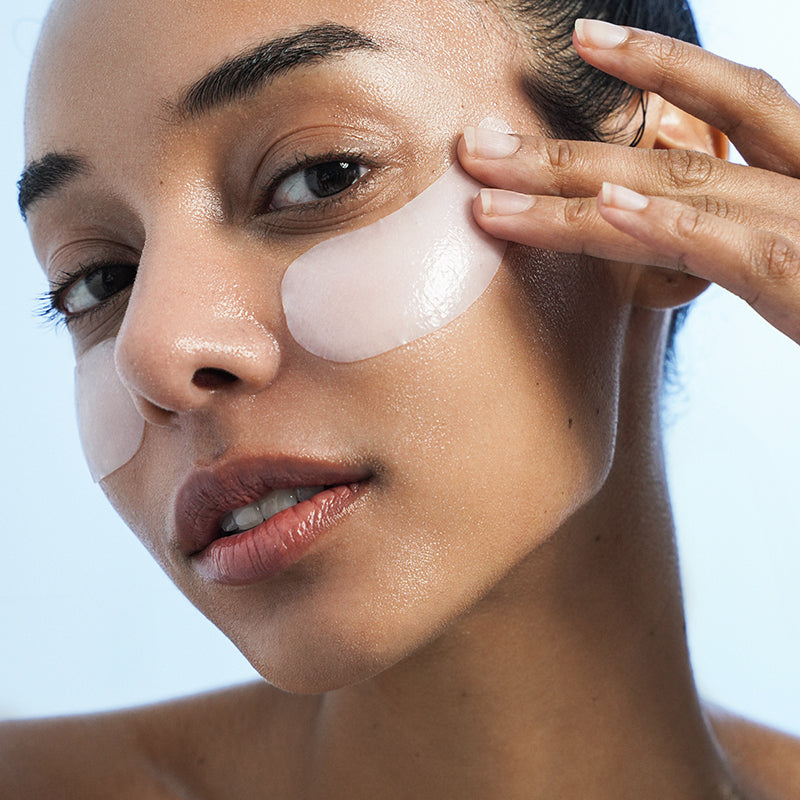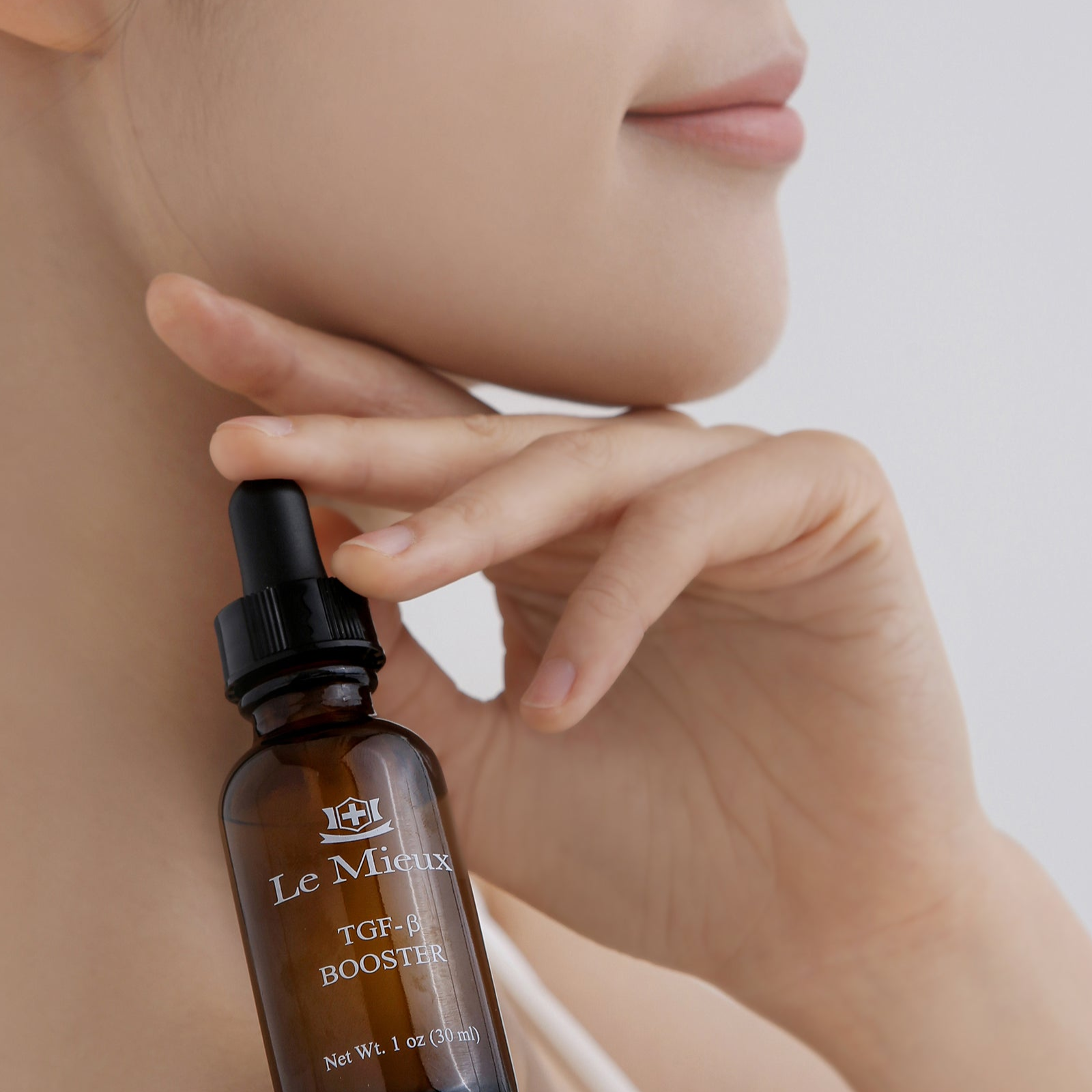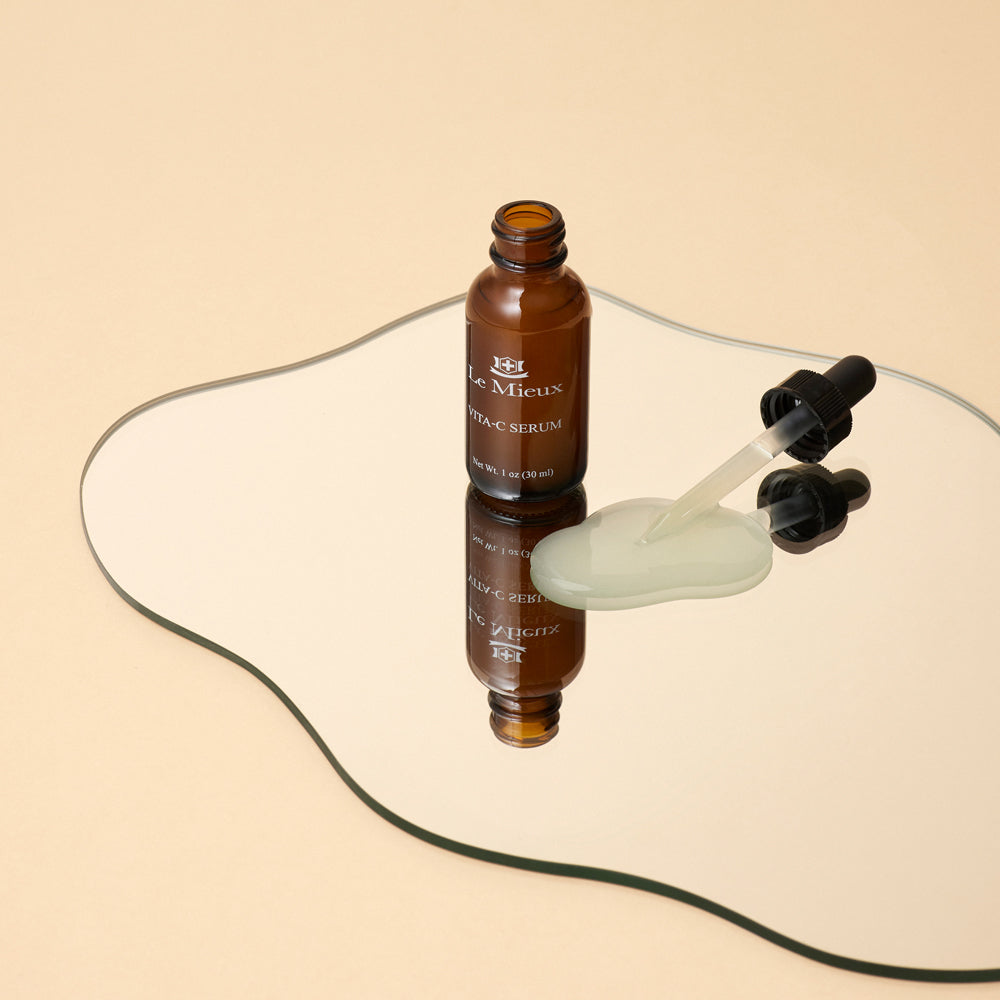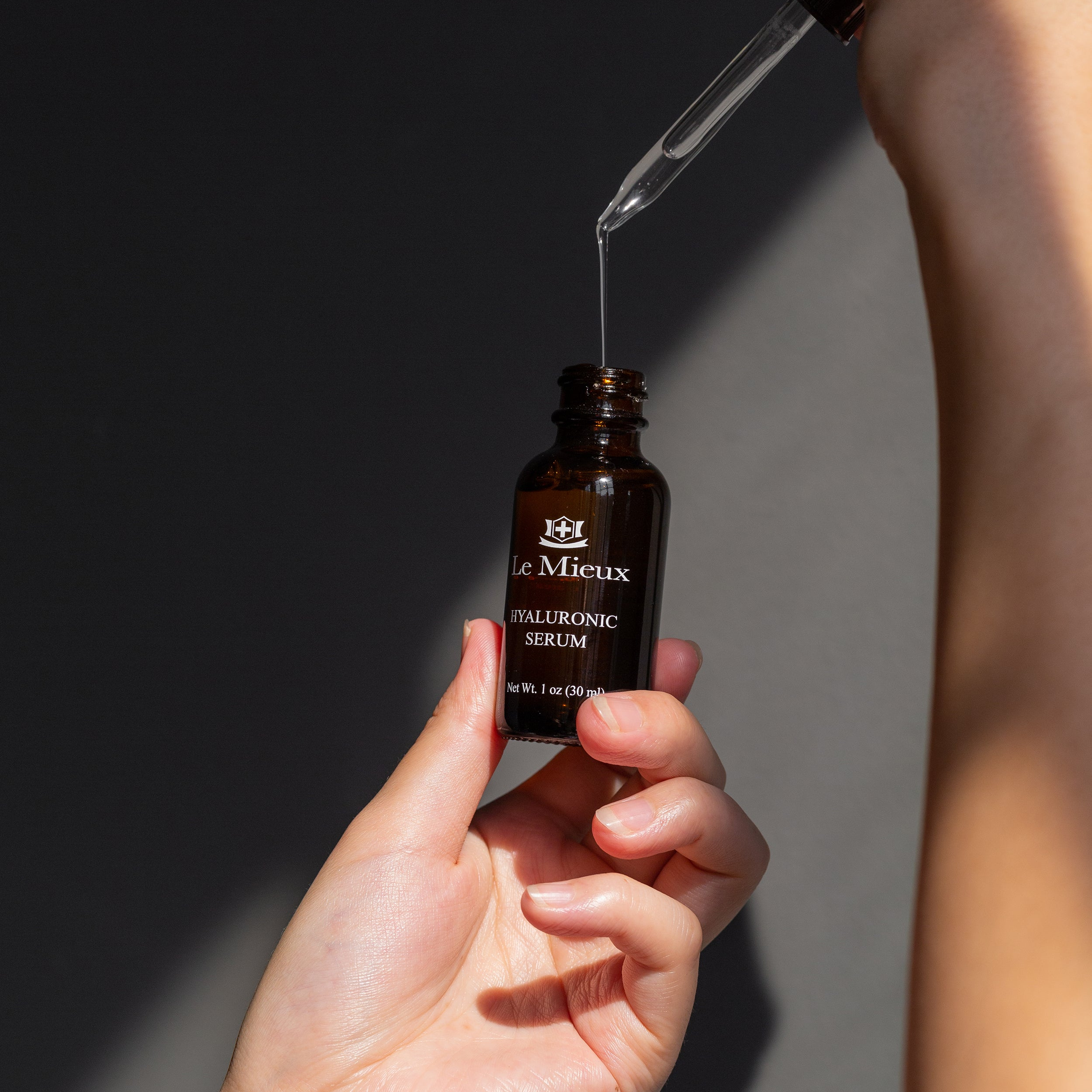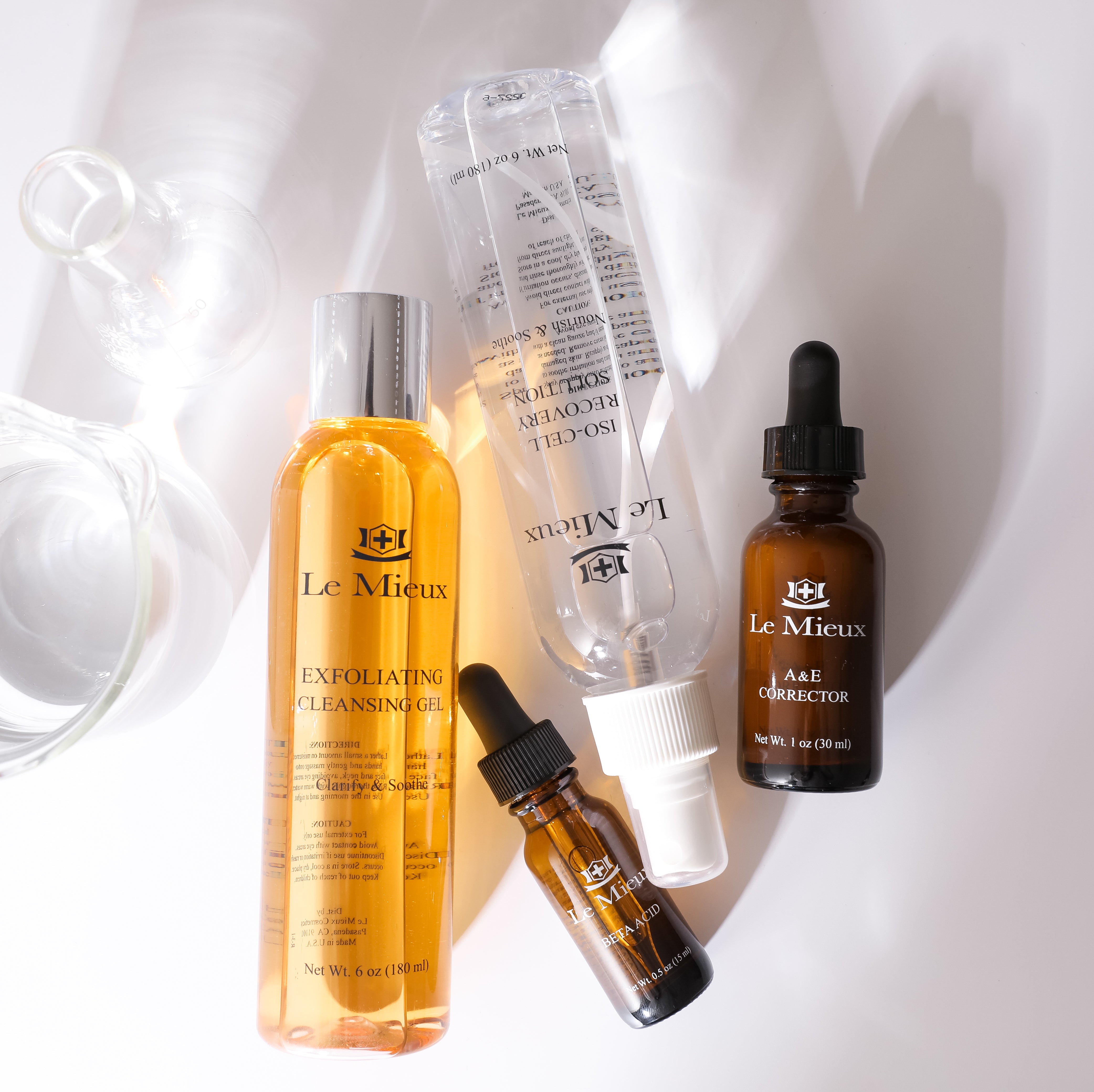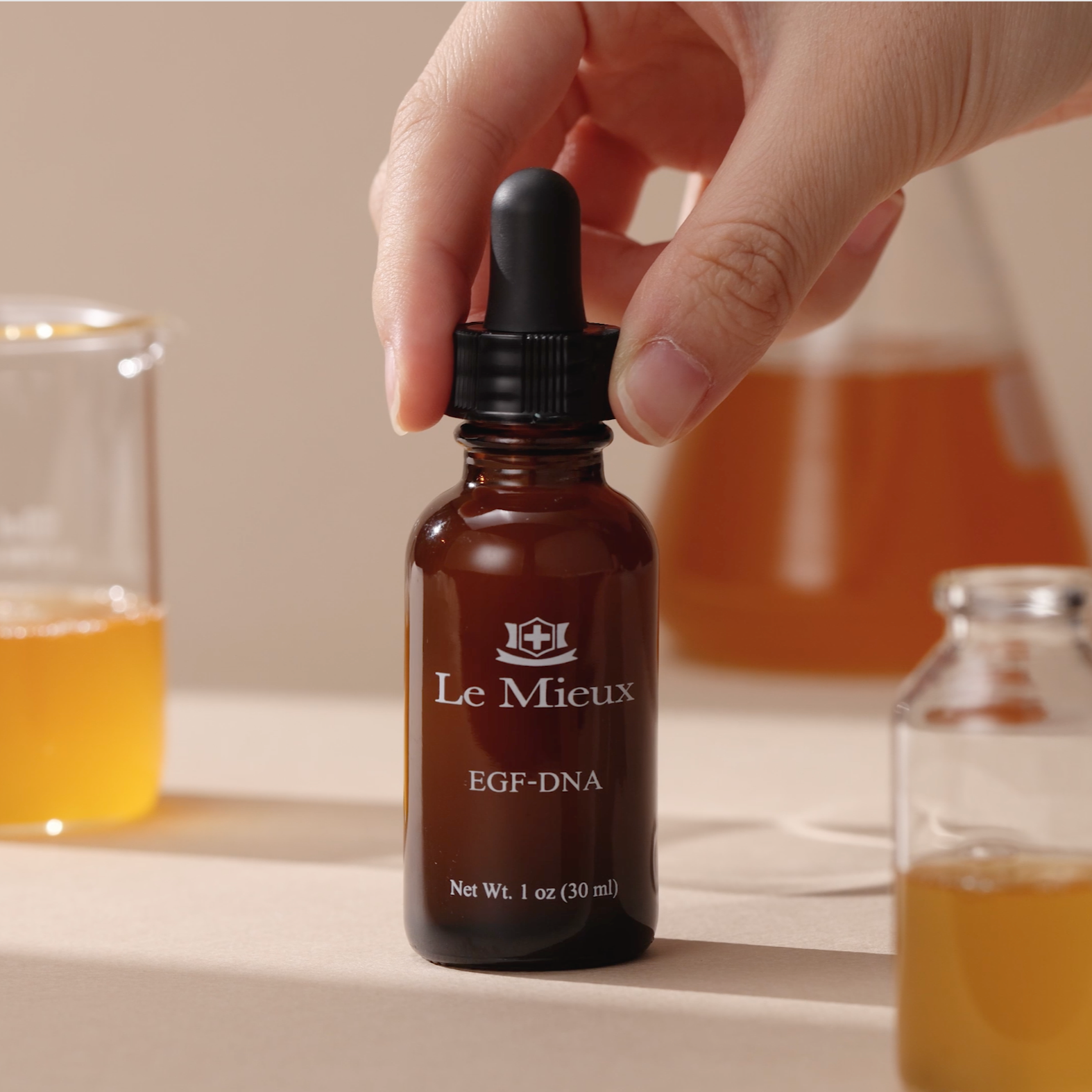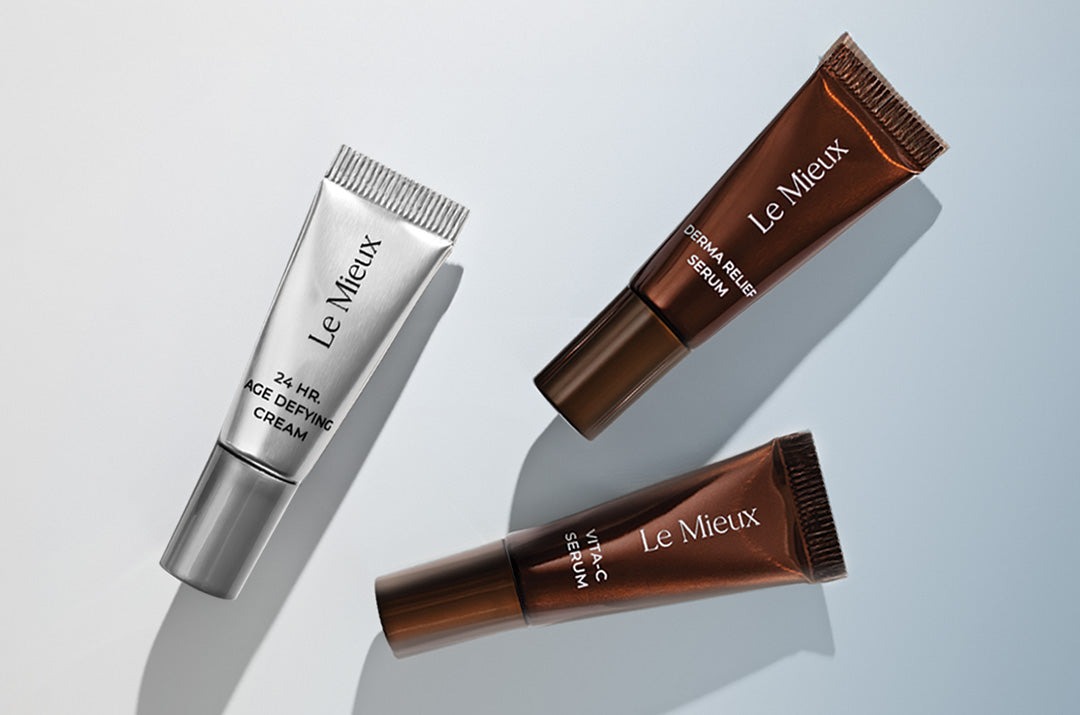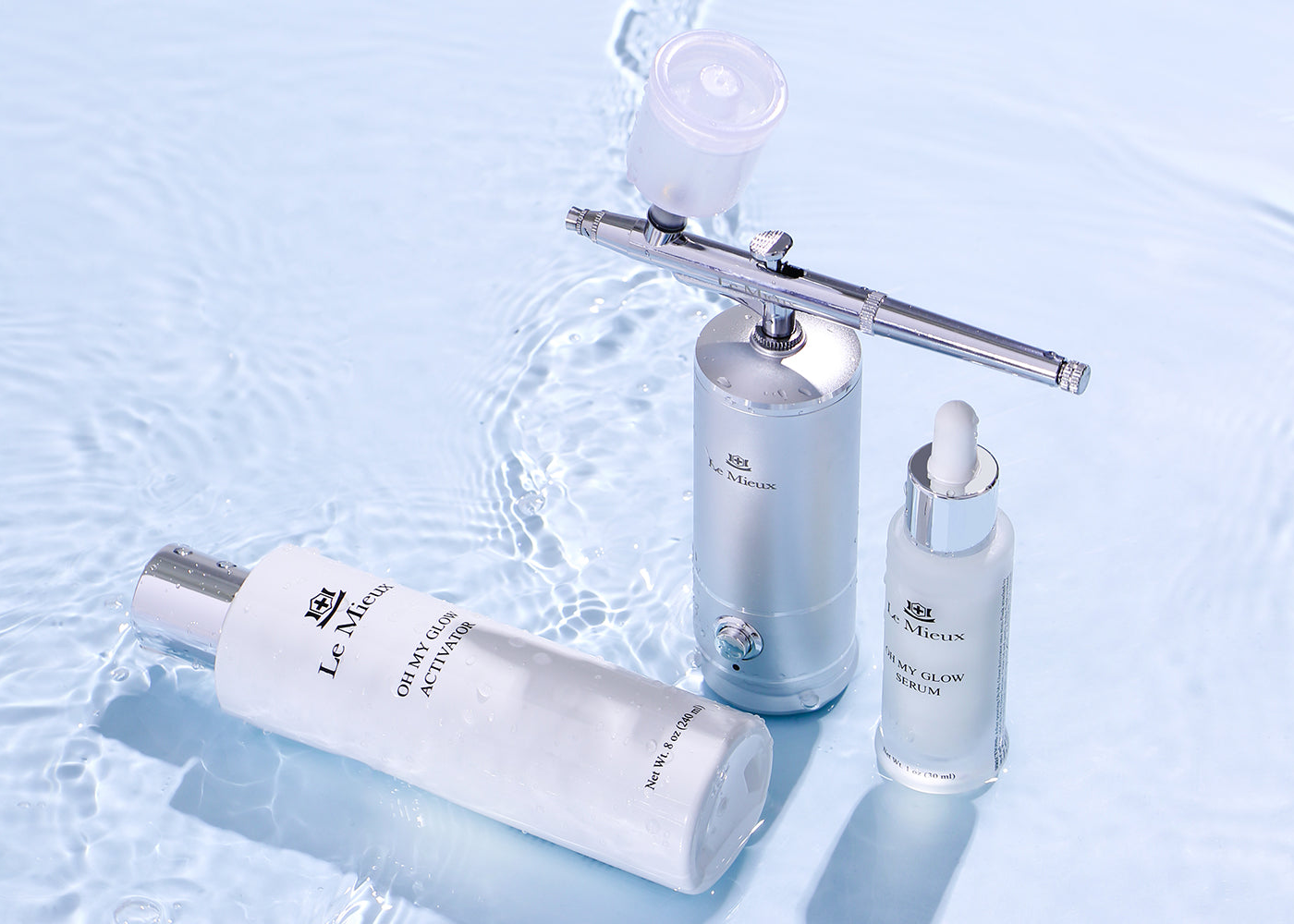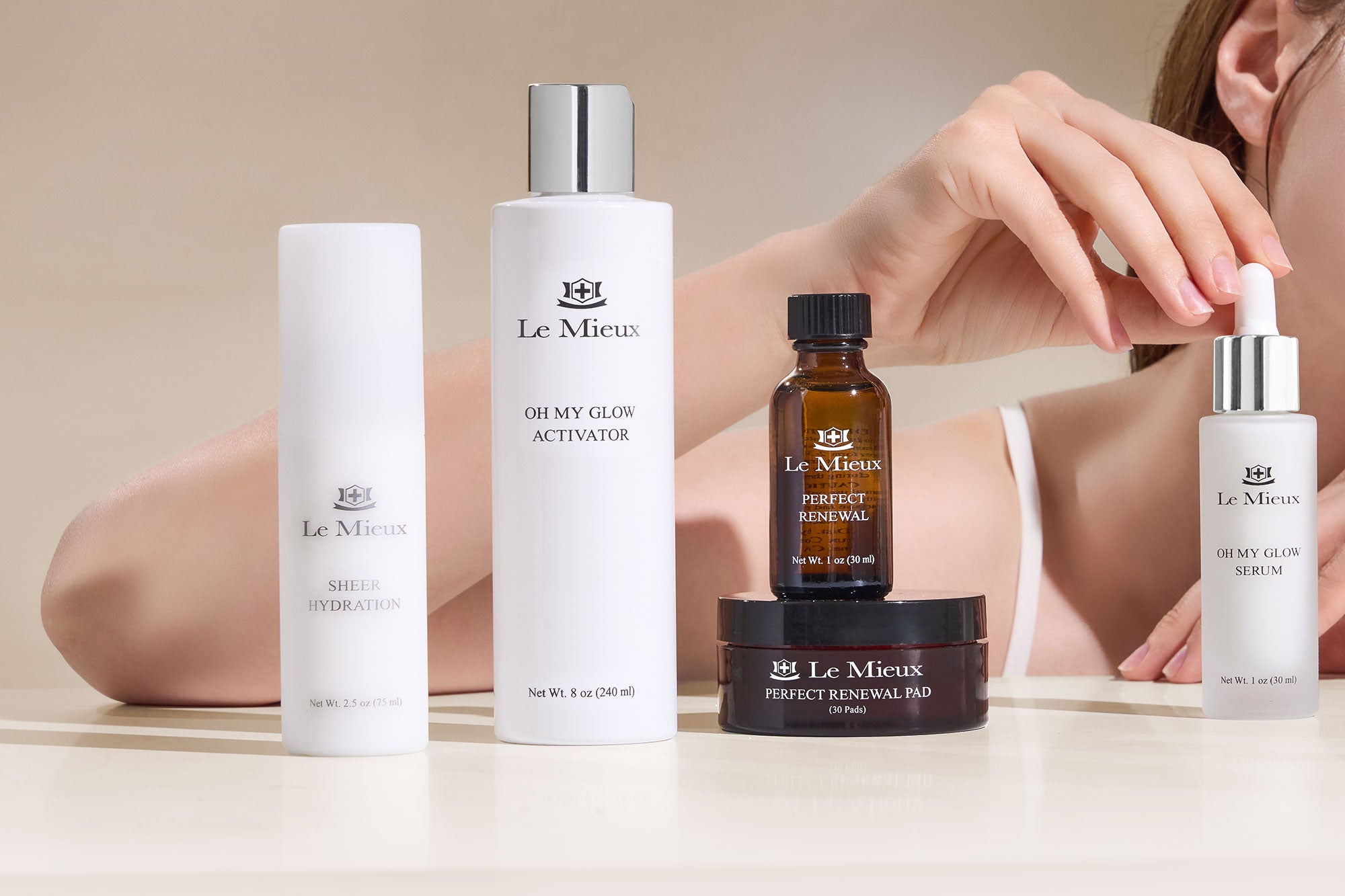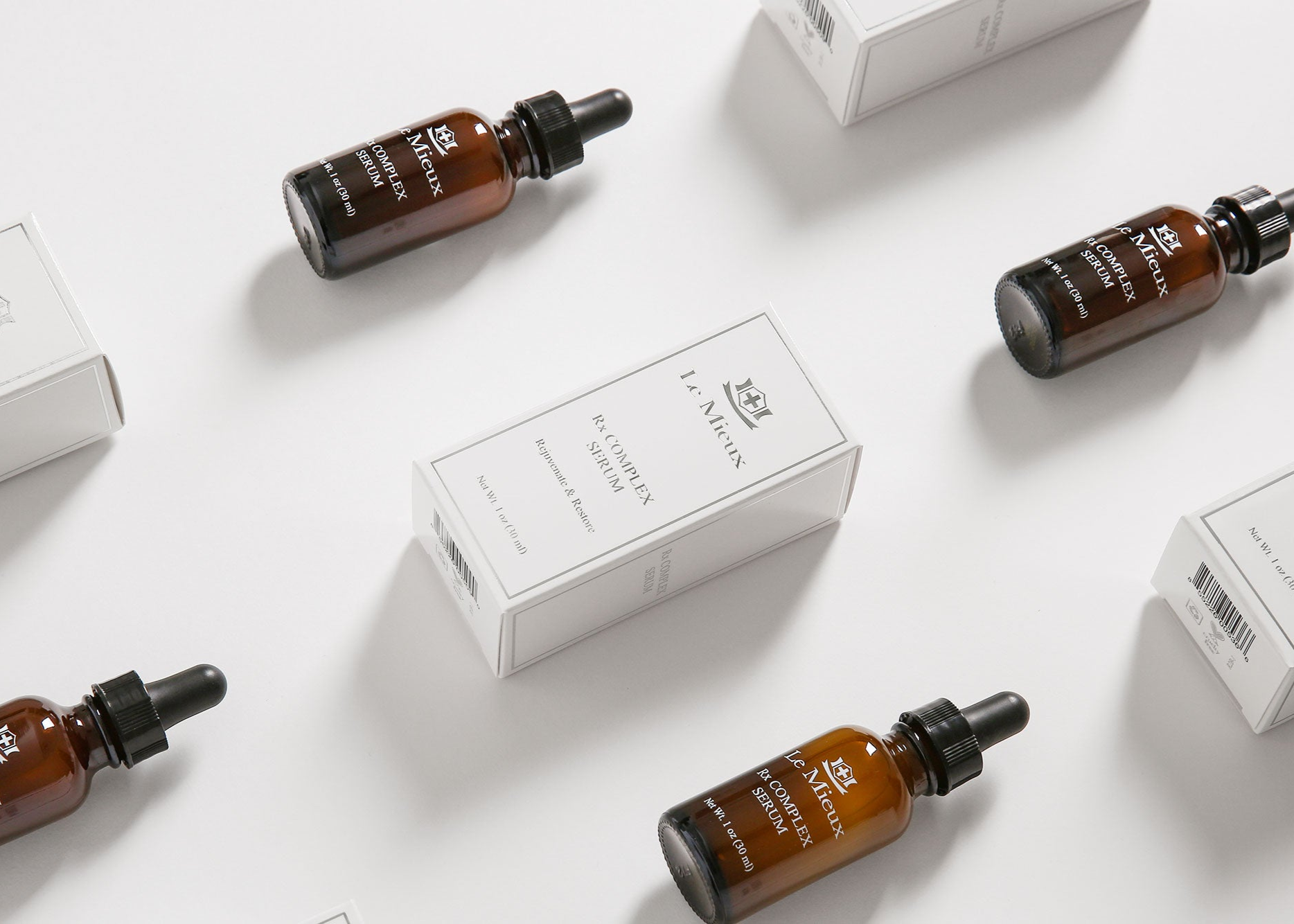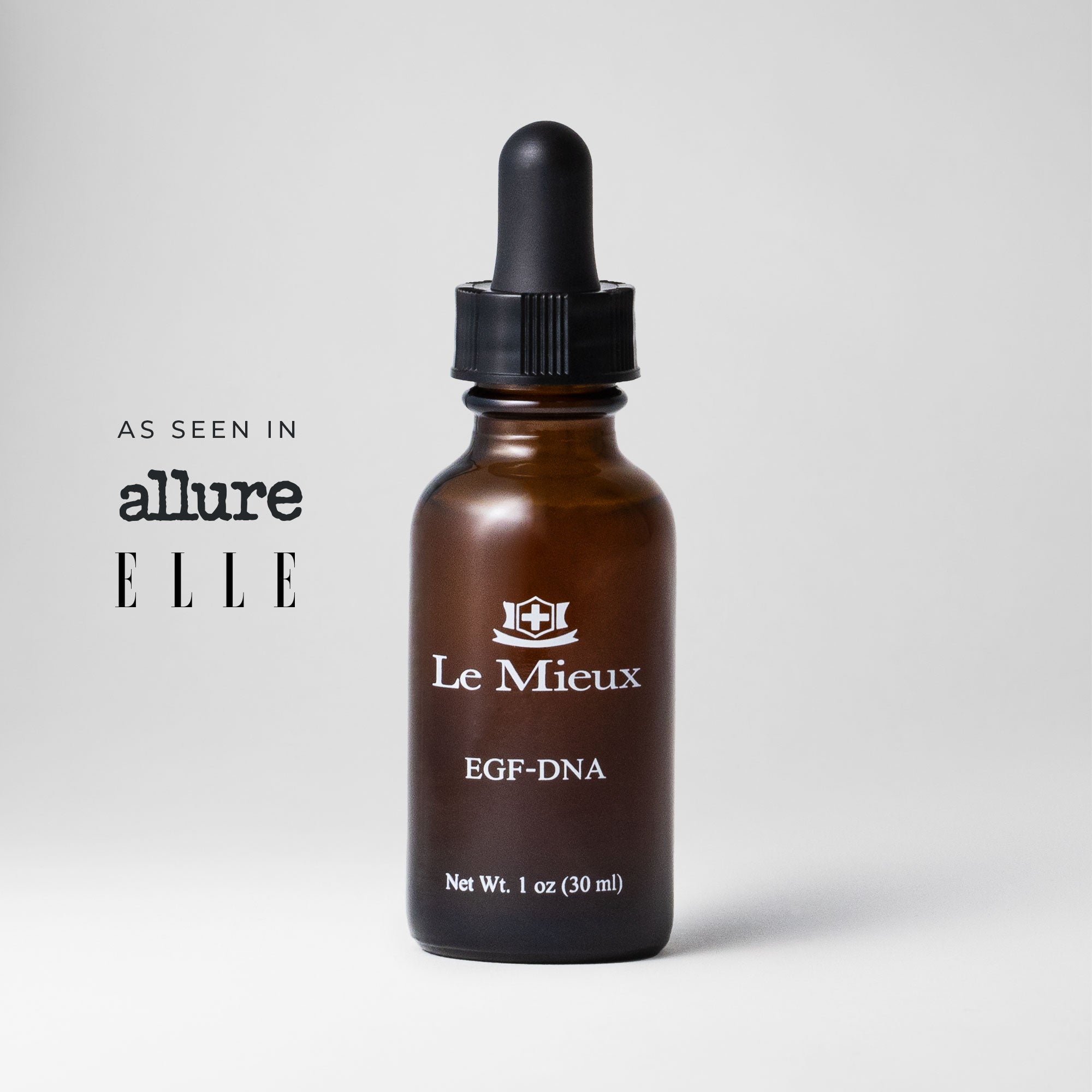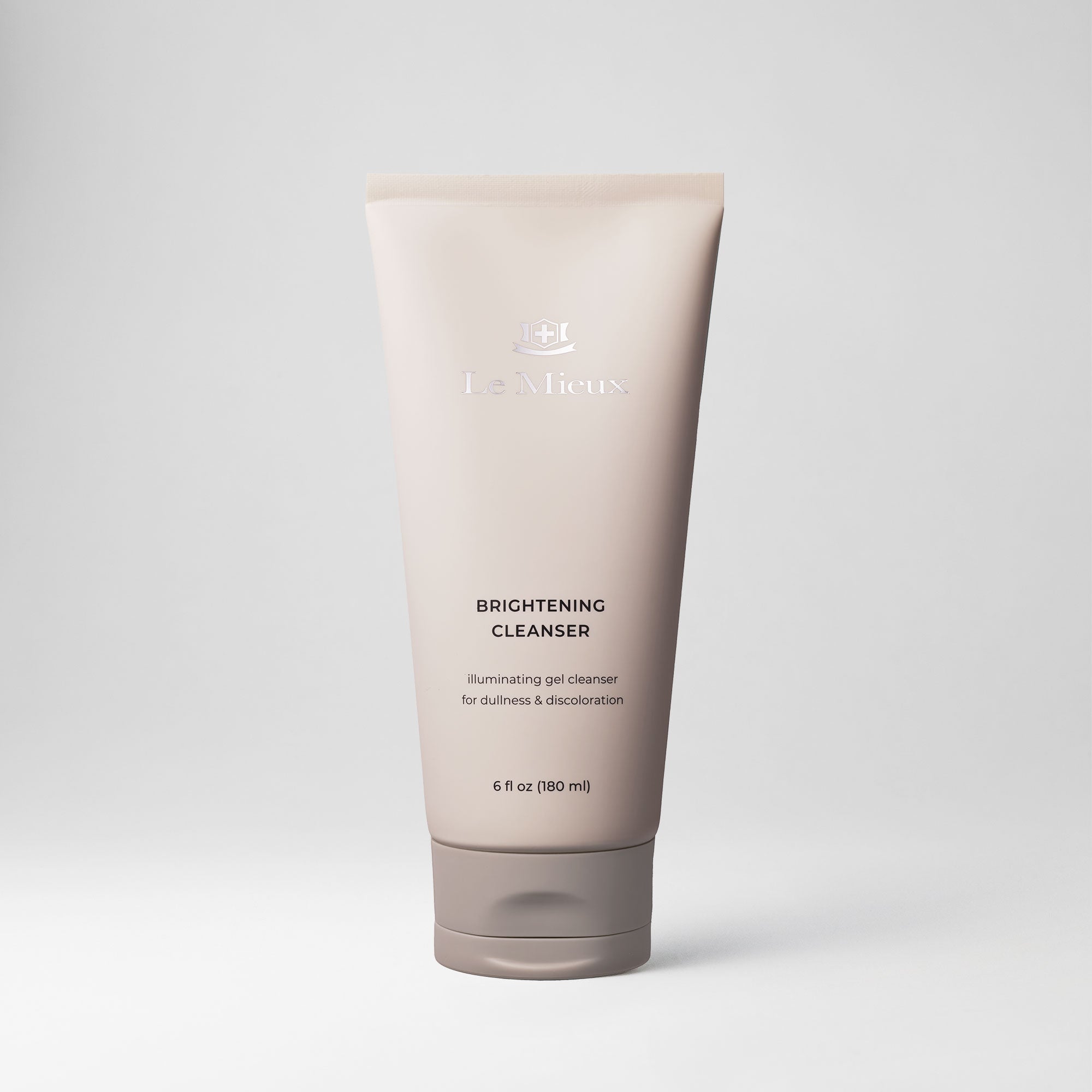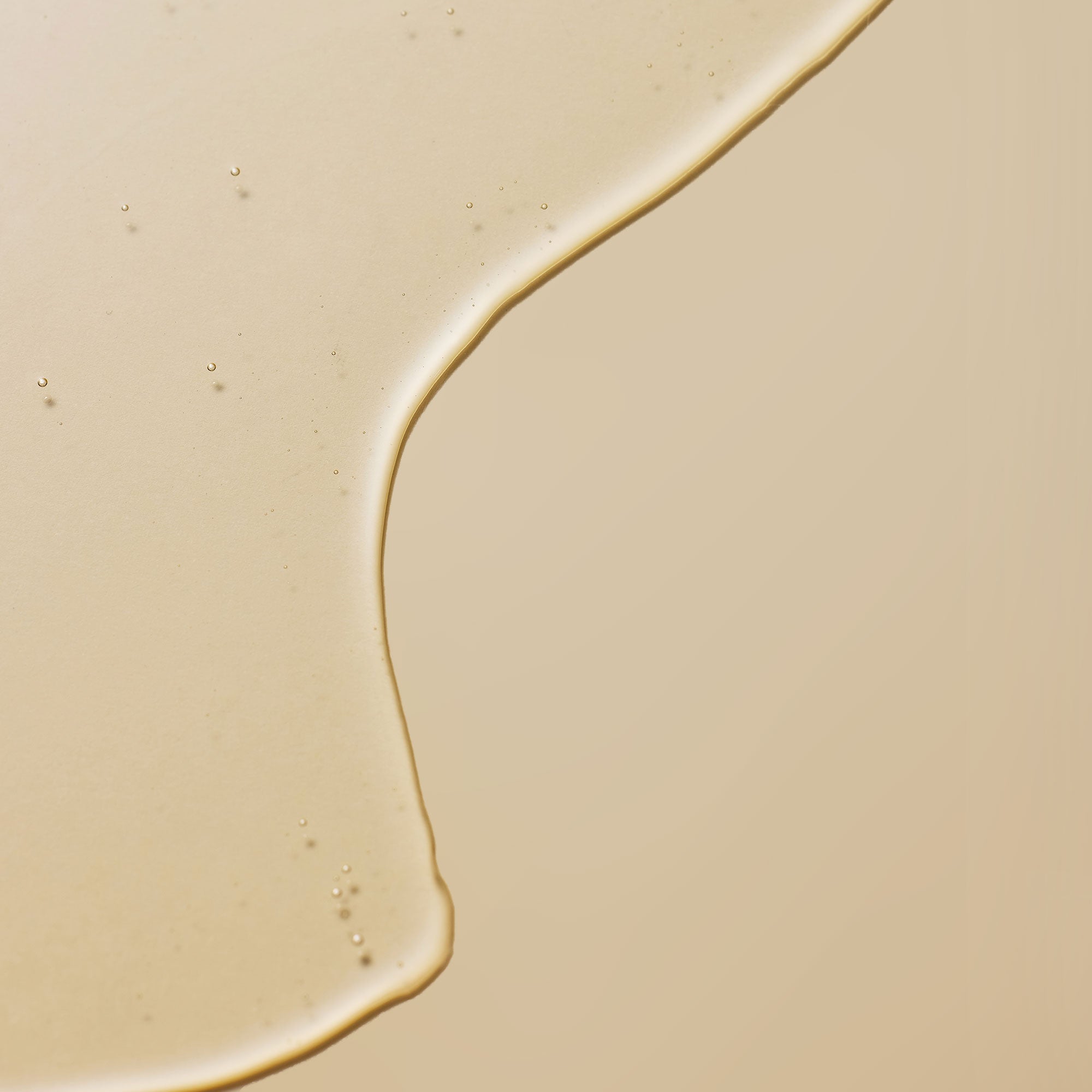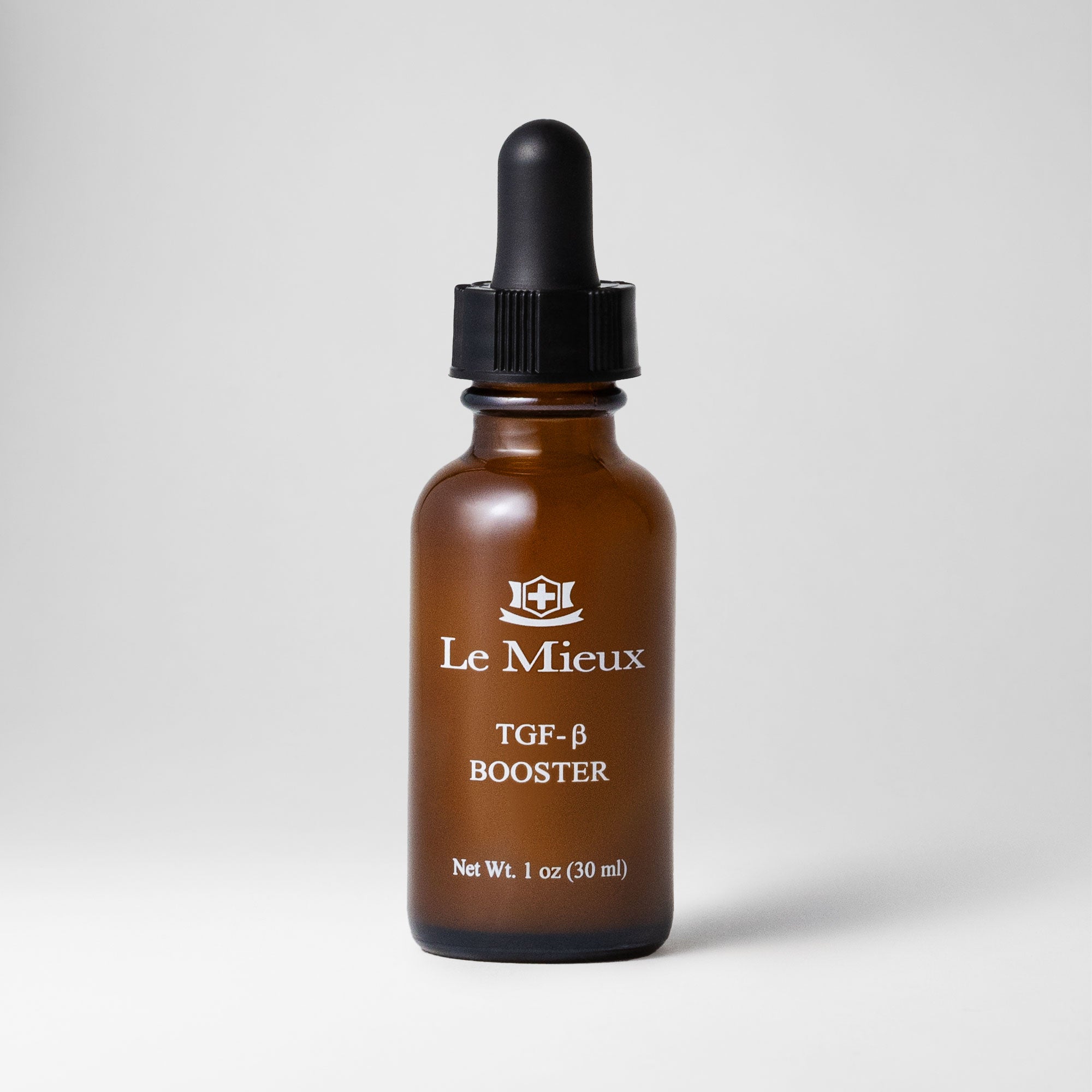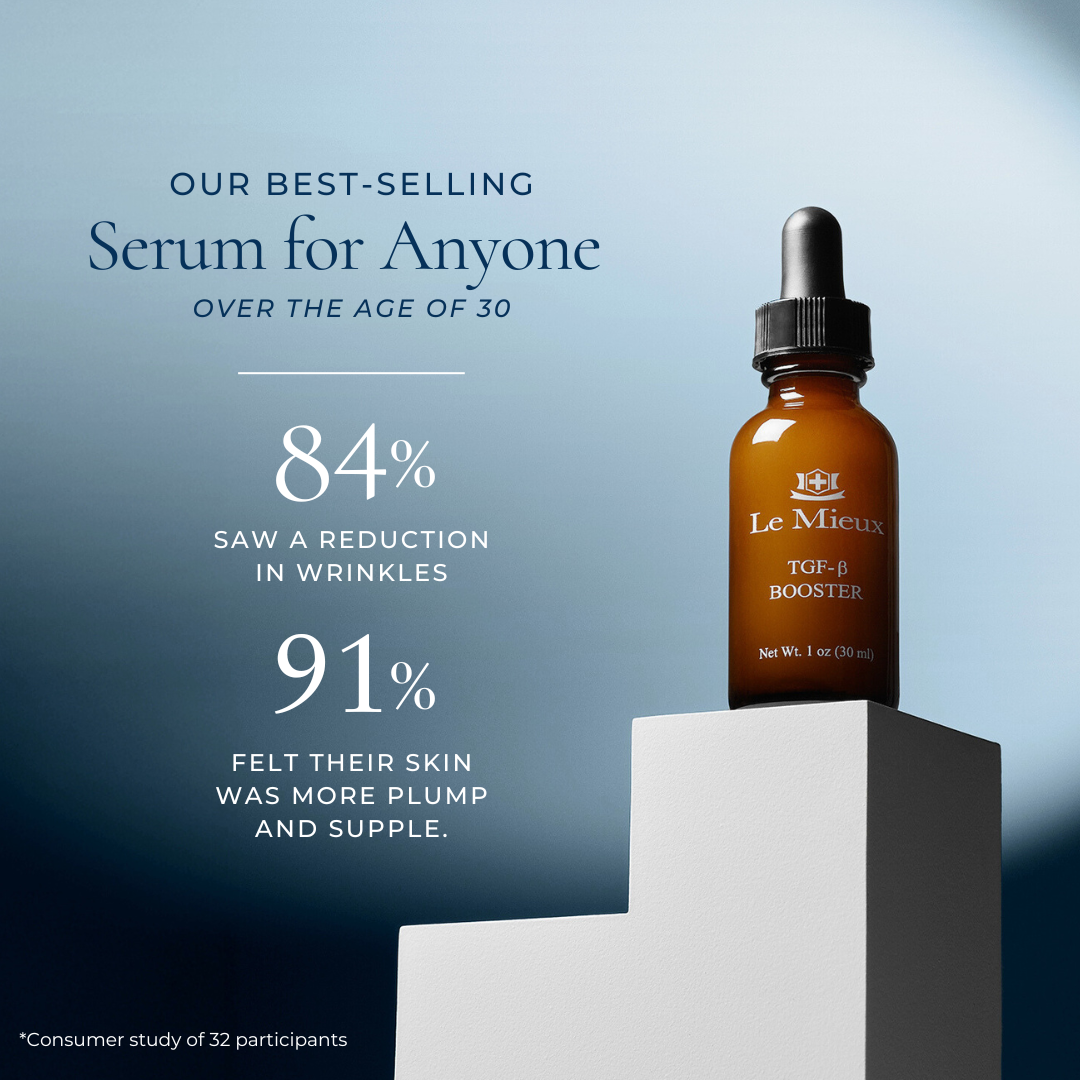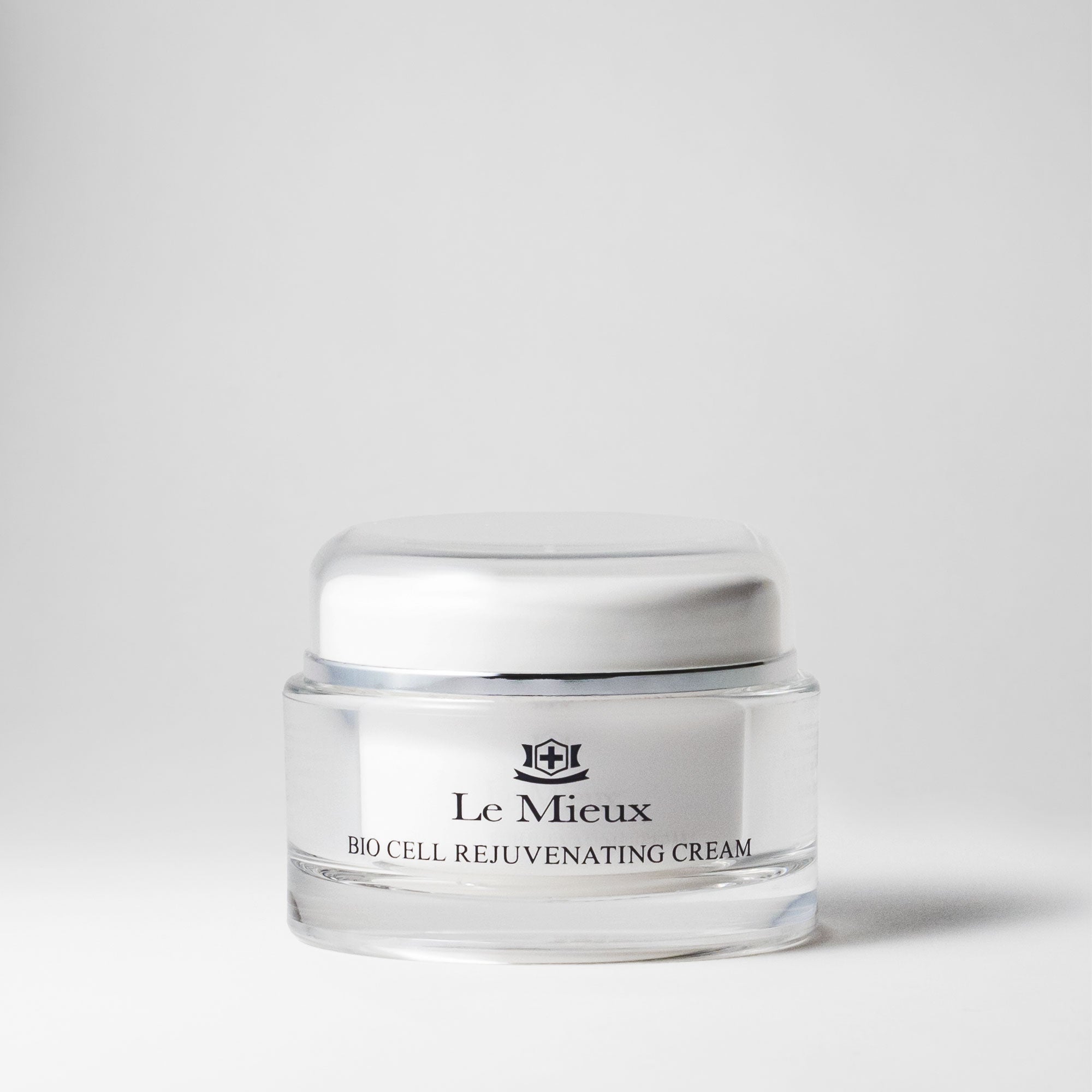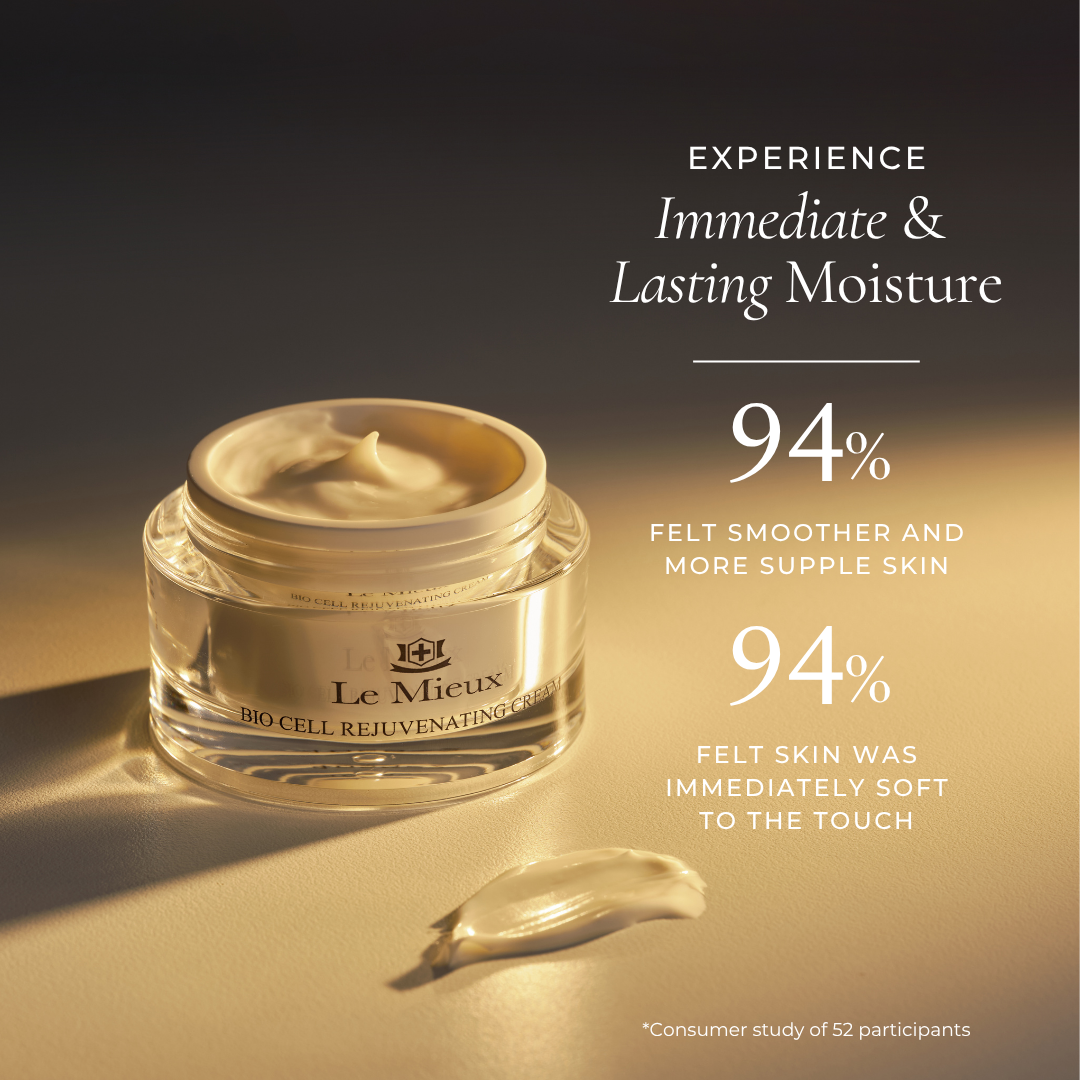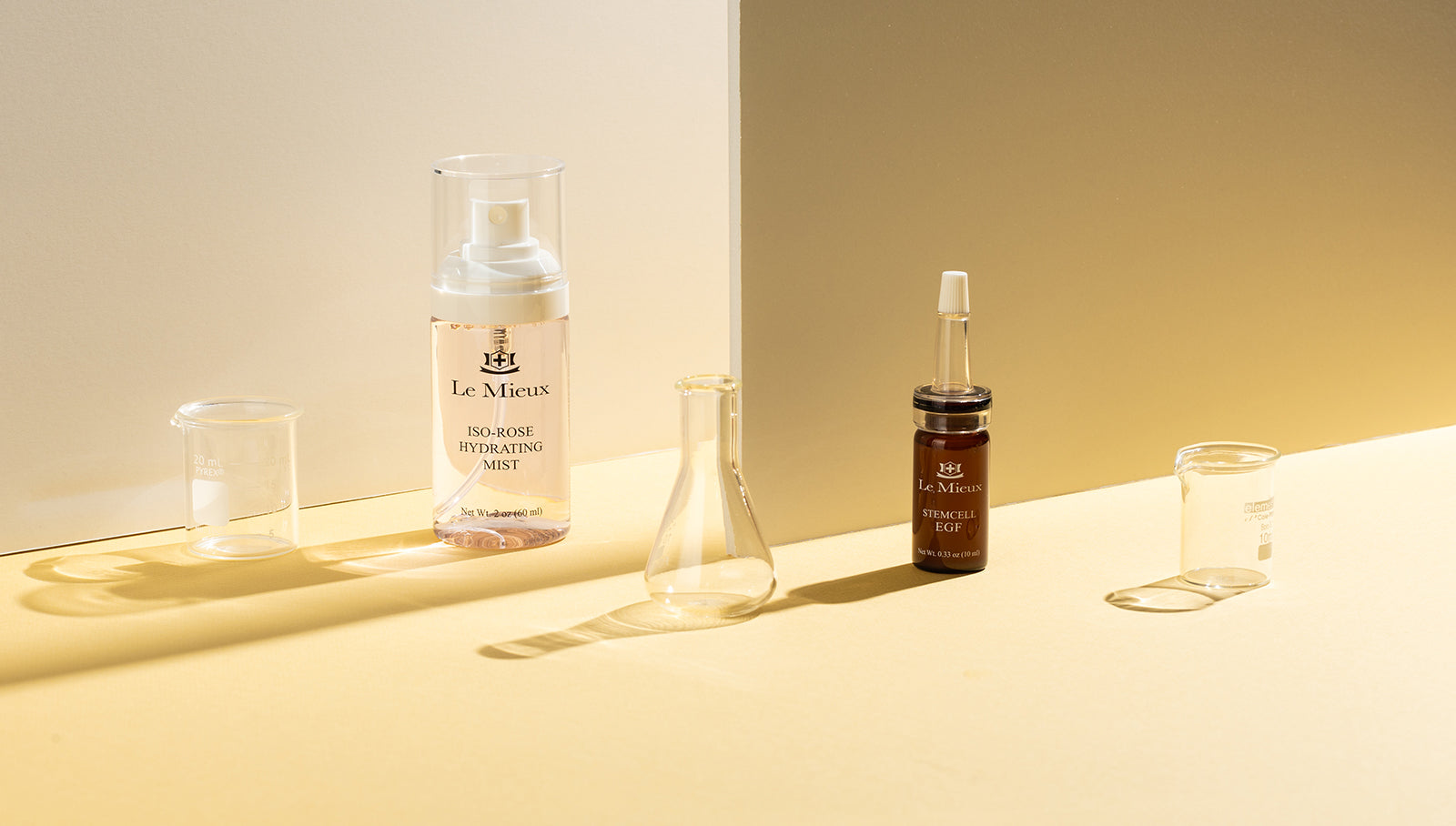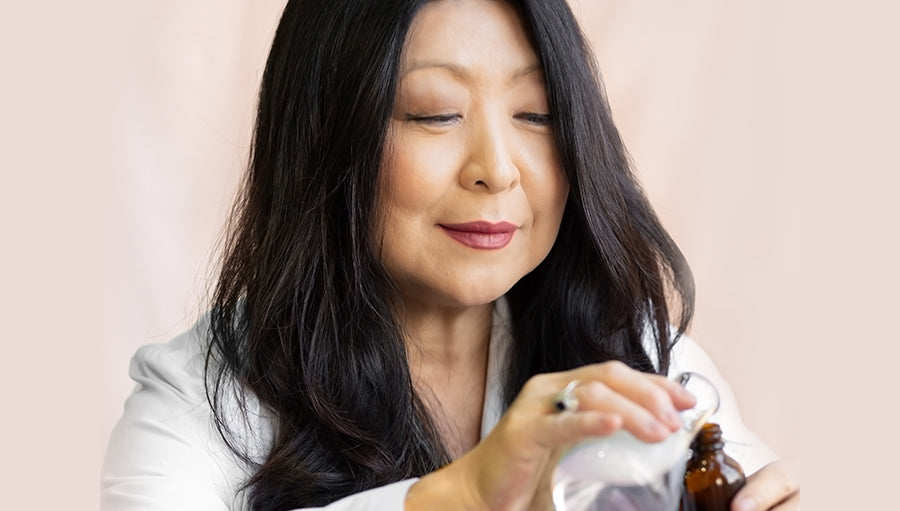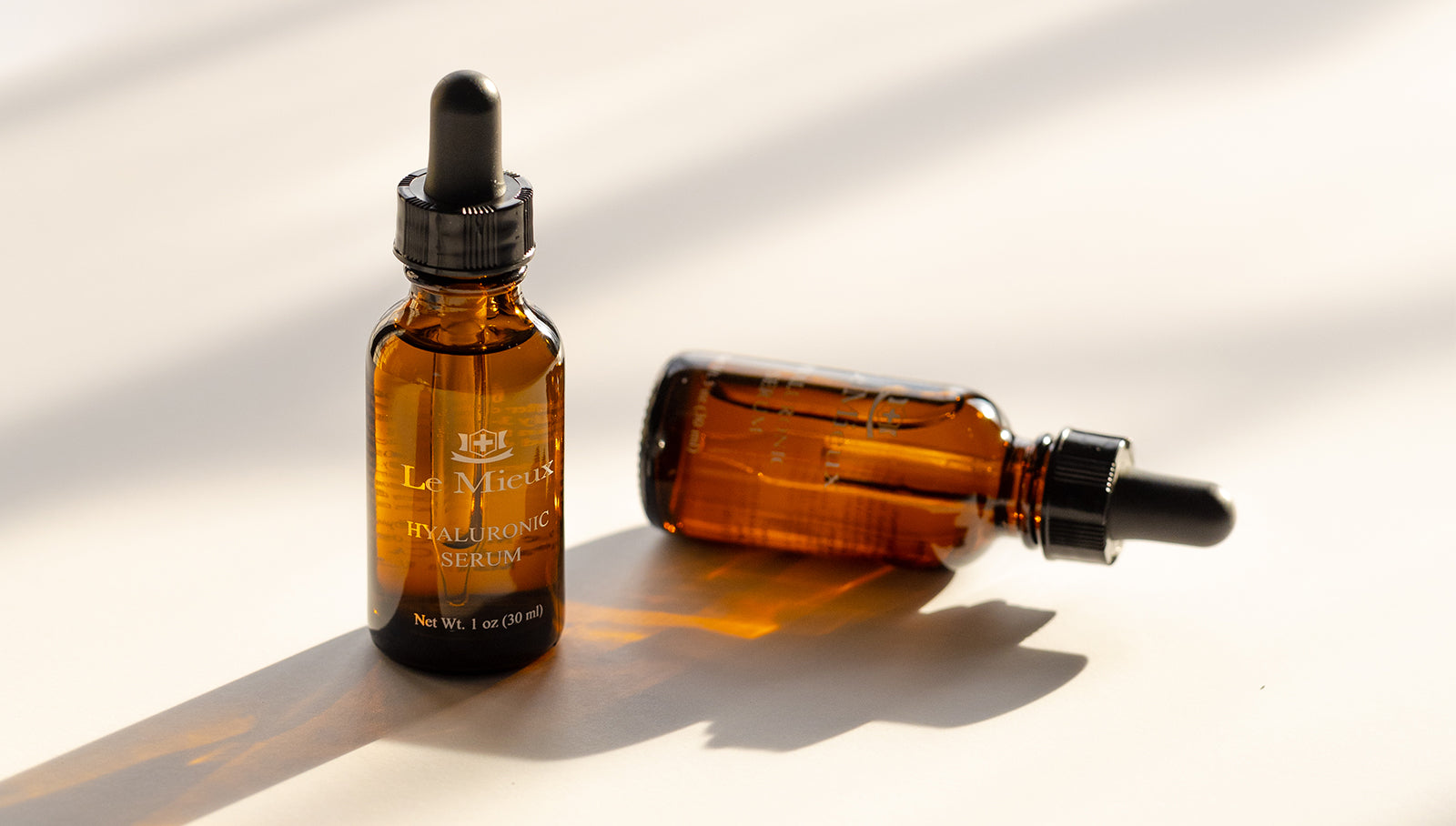Plant science is growing. The burgeoning trend of plant stem cells has firmly rooted itself in skin care products, thanks to ever-increasing advances in skin care science. In fact, technology married with the potential of botanical actives can exponentially change the face of skin care.
What Exactly Are Stem Cells?
Stem cells are essential for skin renewal. They work best with growth factors, which signal stem cells to renew collagen, elastin, and epithelial cells at targeted locations. Like human stem cells, plant stem cells are undifferentiated cells that divide to create the same type of stem cells or become specialized cells. They function as a cellular repair system, continuously dividing and replenishing other cells.
What Can Stem Cells Do For Skin?
Plant-derived stem cells have strong antioxidant and anti-inflammatory benefits and are used in skin care formulations that provide potential anti-wrinkle, antioxidant, and anti-aging benefits. Plant stem cells aren't just extracted from vegetation or fruit and dropped into skin care. Instead, they are cultured in labs where scientists and formulators have more control over the purity and quantity of the anti-aging substance produced by the plant, away from contaminants like pollution or pesticides. Antioxidants and other nutrients in the stem cells of the plant can therefore be more powerful when cultured in the lab for use in skin care products.

How Are Stem Cells Gathered?
Harvesting for plant stem cells does not destroy the host plant. To obtain stem cells in the lab, the plant is slightly wounded by a small cut. The plant starts to heal itself by creating active substances that are non-programmed, "blank" cells with the potential to develop into various cell types performing different functions. A tiny bit of this tissue is extracted from the actively dividing cells of the host plant as it regenerates itself. Unlimited stem cells can then be cultured from the original, and their molecular potency can be multiplied by 1,000 times or more. The lab environment also ensures their purity, safety, and standardization. Best of all, researchers have found that when these stem cells are topically applied to skin, they help trigger renewal and even magnify the effects of antioxidants, vitamins, and minerals.
Still, these stem cells would need to be microencapsulated in order to be absorbed through the stratum corneum and deep into skin for anti-aging or repair benefits.
Why Choose Plant Stem Cells?
Plant stem cells are a logical source for anti-aging skin care, since plants have evolved sophisticated natural mechanisms for combating environment stress and harsh environments. Sources for plant stem cells include highly resistant flowers, plants, and fruits that survive and even thrive in extreme conditions. With high concentrations of antioxidants, plant stem cells help neutralize free radicals that cause photo damage and other signs of premature aging. Research supported by clinical trials has shown that plant stem cells help deliver moisture deep into skin, plump away wrinkles, minimize inflammation, boost collagen production, restore elasticity and firmness, and protect skin against damage from UVA and UVB rays. Stem cells from plants, flowers, fruits, and vegetables are cropping up in skin care formulations, where they are touted not only for their antioxidant benefits but are also used for the purpose of promoting skin renewal.
What Are Some Stem Cells Used in Skin Care?
|
What’s Next?
As technology bolsters the effects of plants and minerals, leading-edge research may push skin care decades ahead of where we are today. It’s a fusion of botanical and clinical worlds: natural ingredients coupled with scientific advancements, with the goal of amplifying and enhancing skin care. By using plant stem cells and other plant-derived cosmeceutical ingredients, skin care formulators are redefining the role of "natural ingredients" in skin care products and treatments… and consumers are reaping the benefits.


